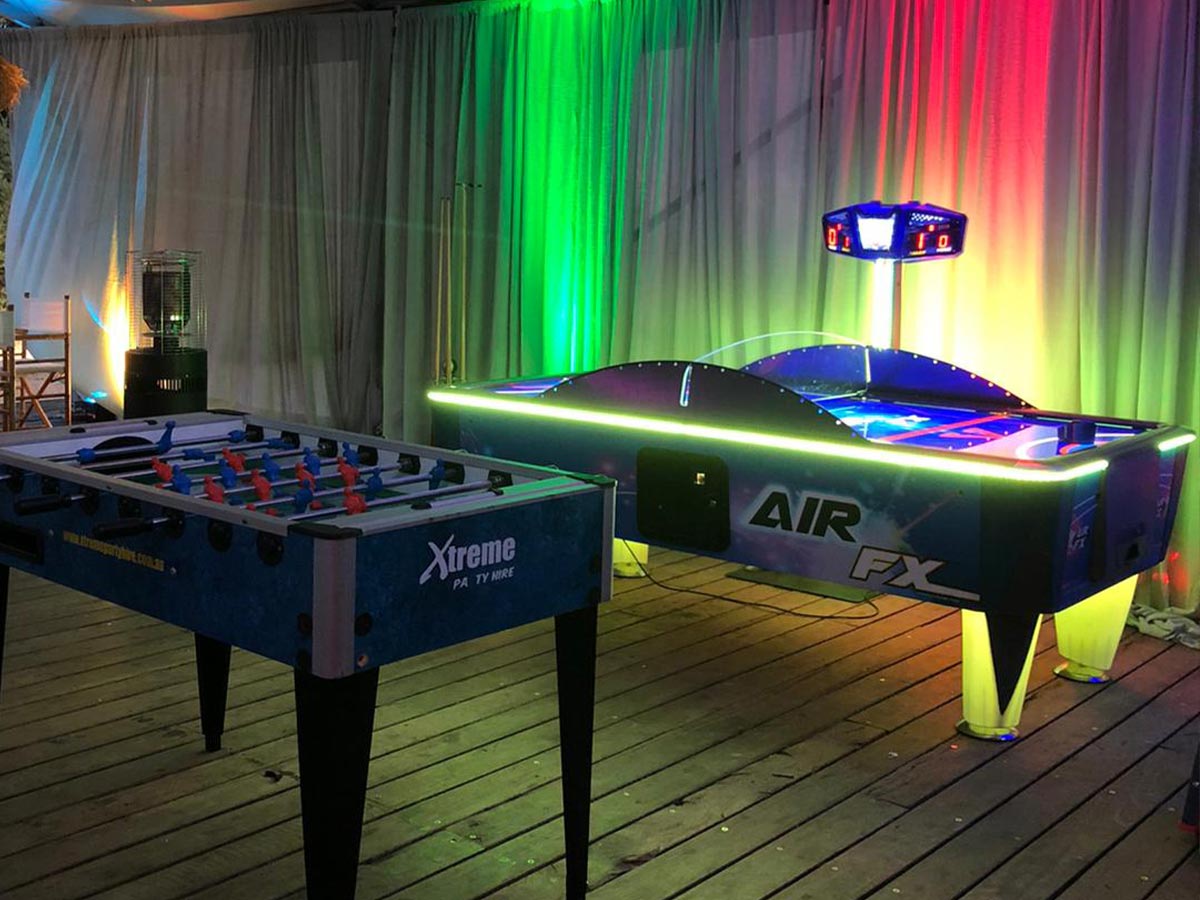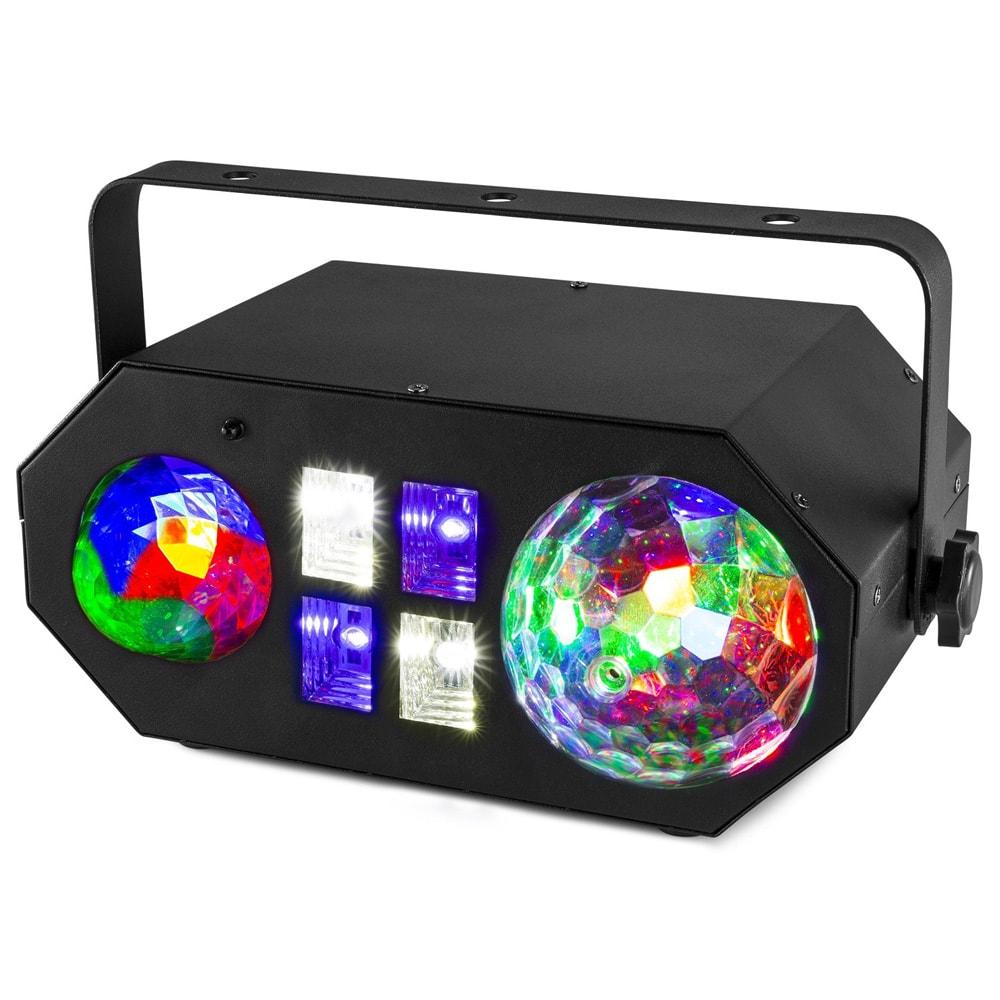We use cookies to make your experience better. To comply with the new e-Privacy directive, we need to ask for your consent to set the cookies. Learn more.
Navigating Ambient Light: Choosing Projector Screens for Well-Lit Environments

Introduction:
Creating a captivating visual experience in well-lit environments can be challenging, especially when using projectors. Whether you're organizing an event with Festoon Party Lights, Fairy Lights in Warm White, or incorporating dynamic lighting effects like the AVE LED-Dance Jelly Ball and the Beamz JB90R Mini Star Ball DMX LED, the choice of projector screen plays a crucial role in optimizing image quality. This guide'll explore key considerations when selecting projector screens for spaces illuminated by ambient light.
Consideration of Ambient Light Levels:
When selecting a projector screen for a well-lit environment, it is imperative to determine the ambient light levels in the intended space before selecting one. A bright room with abundant natural light or artificial illumination requires special considerations to ensure the projected images remain crisp and vibrant.
1. Gain Factor:
One of the critical factors to consider is the gain factor of the projector screen. Gain is the screen's ability to reflect and concentrate light back to the viewers. Screens with higher gain are more reflective and can effectively combat ambient light. In addition, it is essential to strike a balance between high gain and excessive gain, as excessively high gain can result in hot spotting (an appearance of brightness at the centre of a screen compared to the edges).
2. ALR (Ambient Light Rejecting) Screens:
ALR screens are specifically designed to counter ambient light. These screens feature advanced optical coatings that enhance contrast and reject ambient light, improving image quality. The effectiveness of these screens is especially evident in environments where ambient light control is challenging.

projector screen hire Melbourne
3. Screen Material:
Screen materials play a crucial role in absorbing ambient light. Grey or high-contrast screens absorb ambient light, reduce reflections, and enhance contrast. Alternatively, white screens can reflect ambient light more readily, making them less appropriate for well-lit environments.
Practical Considerations:
The practical considerations that should be considered when selecting a projector screen for well-lit rooms are as important as technical specifications.
1. Motorized Screens:Motorized screens offer the advantage of being retractable, allowing users to deploy them only when needed. This flexibility is beneficial in multi-purpose rooms with varying ambient light conditions.
2. Tensioned Screens:Tensioned screens have a flat, wrinkle-free surface, ensuring optimal image quality. Maintaining a smooth surface in well-lit environments is crucial to prevent light distortions and maintain clarity.
3. Size and Aspect Ratio:Choosing the right size and aspect ratio ensures that the projected image covers the desired viewing area without sacrificing image quality. In well-lit environments, larger screens may be preferred to maintain visibility.
4. Installation and Placement:Consider theprojector screen's installationenvironment and placement options. Ceiling-mounted screens offer better flexibility in managing ambient light, while wall-mounted screens are suitable for dedicated spaces with controlled lighting.
Conclusion:
Selecting the correct projector screen for well-lit environments requires a careful balance between technical specifications and practical requirements at Wwave. When viewing in challenging lighting conditions, it is essential to comprehend ambient light levels, select an appropriate gain factor, and utilize advanced features such as ALR technology to enhance the viewing experience.
Ultimately, the goal is to create an immersive visual experience that remains vibrant and clear despite ambient light. It is crucial to consider these factors and keep up with the latest advancements in projector screen technology to navigate well-lit environments and choose the right screen that complements the projector.
